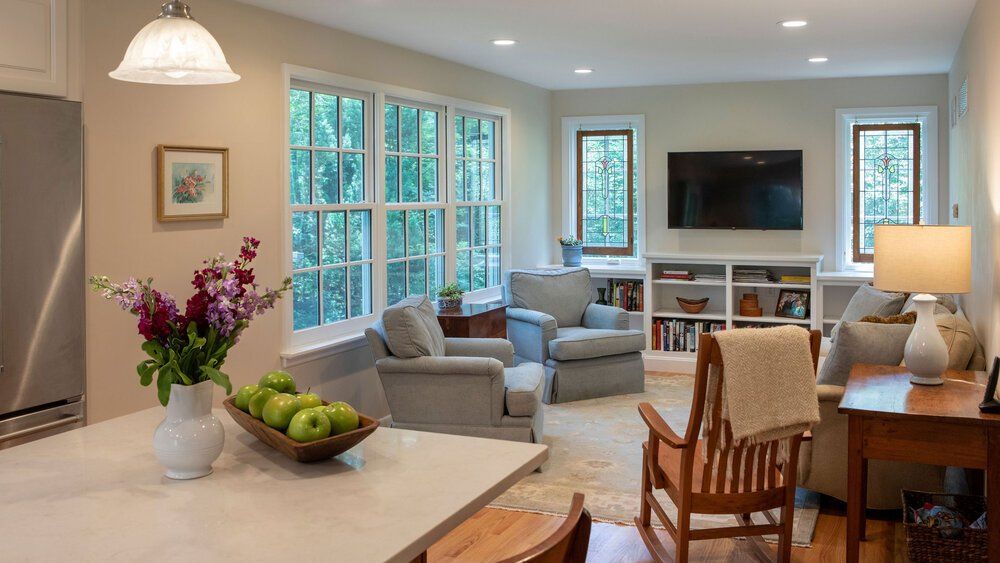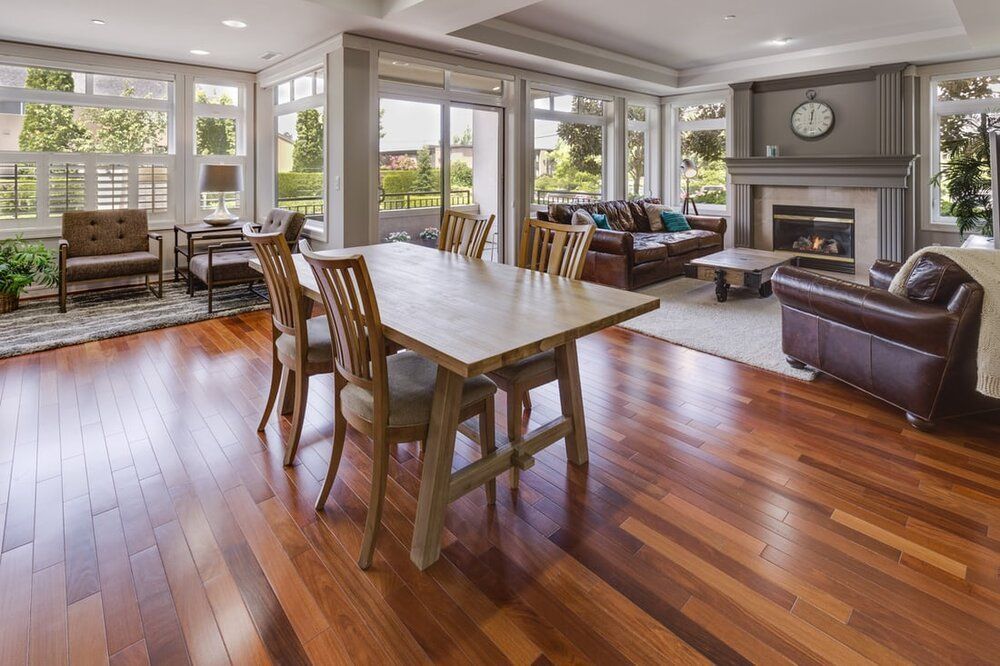Brick by Brick: Assembling a Patio That Wows
Crafting Your Dream Backyard - A Step-by-Step Journey to a Perfect Paver Patio
A well-designed patio not only enhances the beauty of your home but also serves as a sanctuary for relaxation and entertainment. This in-depth guide delves into the nuances of designing and installing various types of patios, with a special focus on paver patios, and offers insights into maintaining and personalizing your outdoor space.

Patio Types
1. The Versatile Paver Patio
Paver patios stand out for their flexibility in design and durability. They come in a range of materials, each with its unique charm:
- Concrete Pavers: Offer a balance between aesthetics and affordability. They're ideal for a modern look and can be fashioned in various colors and shapes.
- Brick Pavers Patio: Exude a classic, timeless appeal. They are perfect for creating a cozy, traditional look in your backyard.
- Stone Pavers: Such as bluestone and flagstone, provide a natural, earthy feel. They are excellent for adding an element of rustic elegance.
2. The Sleek Concrete Patio
Concrete patios are synonymous with contemporary design. Their smooth, uniform surface makes them ideal for a minimalist landscape. They're also remarkably durable and require minimal maintenance.
3. The Natural Flagstone Patio
Flagstone offers a unique beauty, with each stone featuring distinct patterns. This type of patio blends seamlessly with natural landscapes and is perfect for creating a tranquil, garden-like atmosphere.
Designing Your Patio
Choosing Materials and Design
Your choice of materials should align with the architectural style of your home and your personal taste. Consider the following:
- Climate: Some materials withstand certain climates better than others.
- Maintenance: Understand the level of upkeep each material requires.
- Budget: Factor in both the initial cost and long-term maintenance expenses.
Crafting the Layout
Think about the intended use of your patio. Do you plan on hosting large gatherings or prefer a cozy space for family dinners? The purpose will dictate the size and shape of your patio.
Installation Insights
Preparing the Base
A solid base is crucial for any patio type. This involves excavation, grading, and compacting the soil. For paver patios, laying a layer of gravel followed by sand is essential for stability and drainage.
Laying the Pavers
This step requires precision. Start from a corner and work your way out, ensuring each paver is level and evenly spaced. For intricate patterns, it's advisable to work with experienced pavers contractors.
Setting Concrete and Stone Patios
Pouring a concrete patio requires forming, pouring, and smoothing the concrete. Flagstone patios involve laying stones in a bed of mortar or sand, depending on the desired look.
Maintaining Your Patio
Regular Cleaning
Sweeping and occasional washing keep your patio looking new. For concrete and stone patios, a pressure washer can be used cautiously to avoid eroding the surface.
Sealing
Sealing your patio, especially if it's made of pavers or concrete, can protect it from the elements and extend its life.
Addressing Wear and Tear
Pavers offer the advantage of easy replacement if individual pieces break. For concrete, small cracks can be filled, but larger damage may require more extensive repairs.
Personalizing Your Space
Adding Furniture and Accessories
Choose outdoor furniture that complements the style of your patio and meets your functional needs. Add outdoor rugs, pillows, and lighting for a cozy ambiance.
Integrating Landscaping
Surround your patio with plants and shrubs that enhance its beauty and offer privacy. Consider installing a pergola or fire pit for added functionality and style.
Conclusion
Building a patio is a journey of creativity and craftsmanship. From selecting the right contractor, materials to laying each piece with care, the process requires attention to detail and a clear vision. Whether it's a paver, concrete, or flagstone patio, each type brings its unique charm to your outdoor space. Regular maintenance and personal touches will keep your patio looking splendid for years to come, making it a cherished part of your home where memories are made.
By following this guide, you are equipped to embark on creating a patio that not only wows but also provides a personal haven for relaxation and enjoyment. Remember, a well-designed patio can elevate your backyard into a beautiful and functional extension of your home, perfect for both quiet evenings and vibrant gatherings.
As you build your patio, brick by brick, you're not just assembling stones and pavers; you're crafting an outdoor living space that reflects your style and complements your home. It's a place where stories will be told, laughs will be shared, and the beauty of the outdoors can be enjoyed in comfort and style. So embark on this journey with confidence, knowing that each decision and effort brings you closer to the backyard of your dreams.



